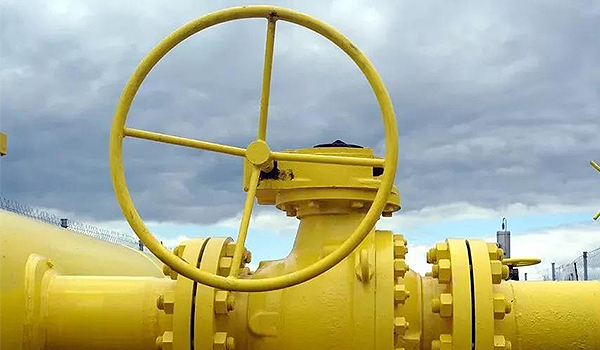News
Guidelines for Daily Maintenance of Valves
Valves are not only widely used in various industries, but also in different environments. Some valves in harsh working environments are prone to problems. As valves are important equipment, especially for some large valves, it is quite troublesome to repair or replace them in case of problems. So it is particularly important to do a good job in daily maintenance and upkeep.

Storage and daily inspection of valves
1. The valve should be stored in a dry and ventilated room, and both ends of the passage must be blocked.
2. Valves that have been stored for a long time should be regularly inspected, cleaned of dirt, and coated with anti rust oil on the machined surface.
3. After installation, regular inspections should be carried out, mainly including:
(1) The wear of the sealing surface.
(2) Wear of trapezoidal threads on the valve stem and valve stem nut.
(3) Check if the filler is outdated and ineffective, and replace it in a timely manner if it is damaged.
(4) After valve maintenance and assembly, a sealing performance test should be conducted.

Maintenance work during valve greasing
The professional maintenance work of valves before and after welding and production plays a crucial role in serving the production and operation of valves. Correct, orderly and effective maintenance will protect the valves, ensure their normal functioning, and extend their service life. Valve maintenance may seem simple, but it"s actually not. There are often overlooked aspects in work.
1、 When injecting grease into valves, the issue of the amount of grease injected is often overlooked. After refueling the grease gun, the operator selects the valve and grease connection method before proceeding with the grease injection operation. There are two situations: on the one hand, the amount of grease injected is insufficient, and the sealing surface accelerates wear due to a lack of lubricant. On the other hand, excessive fat injection can cause waste. The reason is that there is no precise calculation of the sealing capacity of different valves based on their type and category. The sealing capacity can be calculated based on the size and type of the valve, and an appropriate amount of lubricating grease can be injected reasonably.
2、 When injecting grease into valves, pressure issues are often overlooked. During the grease injection operation, the grease injection pressure exhibits a regular peak valley variation. Pressure is too low, seal leakage or failure pressure is too high, grease injection port is blocked, grease inside the seal hardens, or the sealing ring is locked with the valve ball or valve plate. Usually, when the grease injection pressure is too low, the injected lubricating grease mostly flows into the bottom of the valve chamber, usually occurring in small gate valves. If the grease injection pressure is too high, on the one hand, check the grease injection nozzle and replace it if the grease hole is blocked; On the other hand, lipid hardening requires the use of cleaning fluid, repeated softening of failed sealing grease, and injection of new lubricating grease for replacement. In addition, the sealing model and sealing material also affect the grease injection pressure, and different sealing forms have different grease injection pressures. Generally, the grease injection pressure of hard seals is higher than that of soft seals.
Doing the above work well is believed to be very helpful in extending the service life of the valve, while also reducing many unnecessary troubles.

